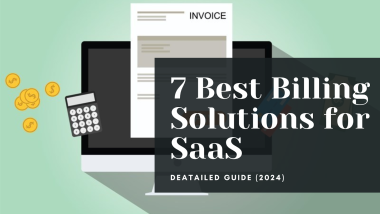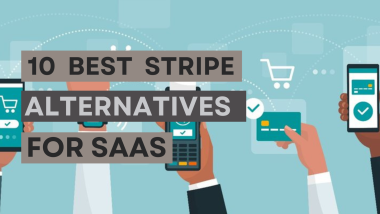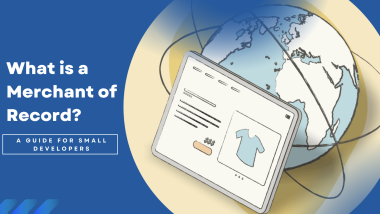NFTs (Non-Fungible Tokens) are gaining massive popularity in the digital world. They are unique digital assets that represent ownership of a digital item, such as art, music, videos, and other digital creations. NFTs have been used for various purposes such as gaming, music, art, and collectibles.
If you are an artist, musician, or content creator, you can create your NFTs and sell them on your own NFT store. This will allow you to earn money from your digital creations while maintaining control over your work. In this article, we will guide you through the steps to build your own NFT store.
However, building an NFT store from scratch can be a time-consuming and complicated process. Therefore, we will also introduce you to SaaS (Software as a Service) solutions that can help you set up an NFT store in minutes.
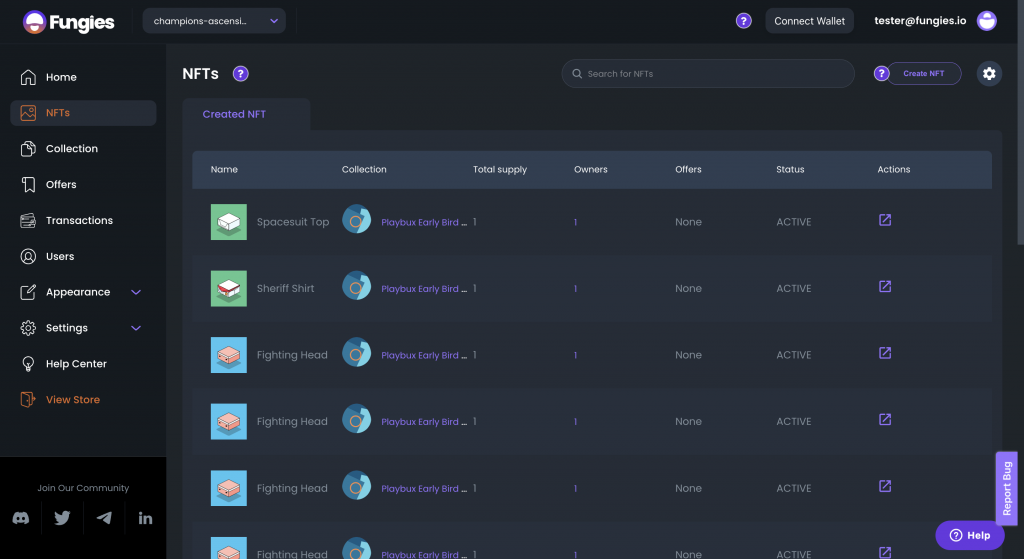
Before we dive into the steps to build or create your own NFT store, let’s first understand the technologies involved.
Technologies Used
- Blockchain – NFTs are created and stored on a blockchain, which is a decentralized digital ledger that records transactions. Ethereum is the most popular blockchain for creating and selling NFTs.
- Smart Contracts – Smart contracts are self-executing contracts with the terms of the agreement between buyer and seller being directly written into lines of code. Smart contracts are used to execute the transfer of ownership of NFTs from the seller to the buyer.
- Web3.js – Web3.js is a collection of libraries that allow developers to interact with the Ethereum blockchain using JavaScript. It provides an API for developers to create, send, and receive transactions on the Ethereum network.
- IPFS – IPFS (InterPlanetary File System) is a distributed file system that allows files to be stored and accessed on a decentralized network. IPFS is used to store the digital assets associated with NFTs.
- Front-end Frameworks – Front-end frameworks such as React, Vue, and Angular are used to create the user interface of the NFT store.

Now that we understand the technologies involved, let’s dive into the steps to build your own NFT store.
Step 1: Plan Your NFT Store
Before you start building your NFT store, you need to plan your store’s layout, features, and functionality. Here are some questions to consider:
- What type of NFTs will you sell?
- What will be the primary focus of your NFT store?
- What features will your NFT store have?
- What will be the user flow of your NFT store?
- What payment methods will you accept?
Once you have answered these questions, you can start building your NFT store.
Step 2: Setup Ethereum Wallet
To create and sell NFTs, you will need to set up an Ethereum wallet. An Ethereum wallet is a digital wallet that allows you to store and manage Ethereum and other ERC-20 tokens.
There are several types of Ethereum wallets, including:
- Hardware wallets – Physical devices that store your private keys offline.
- Software wallets – Wallets that run on your computer or mobile device.
- Web wallets – Wallets that run in your browser.
Some popular Ethereum wallets include:
- MetaMask – A popular web wallet that allows you to manage your Ethereum and ERC-20 tokens.
- Ledger Nano S – A popular hardware wallet that stores your private keys offline.
- MyEtherWallet – A popular web wallet that allows you to manage your Ethereum and ERC-20 tokens.
Once you have set up your Ethereum wallet, you can move on to the next step.
Step 3: Create Your NFT
To create an NFT, you will need to create a digital asset that you want to sell. This can be a piece of art, music, video, or any other digital creation. Once you have created your digital asset, you can convert it into an NFT using a platform like OpenSea or Mintable.
To create an NFT, you will need to follow these steps:
- Choose a platform – There are several platforms that allow you to create and sell NFTs, including OpenSea, Mintable, and Rarible. Choose a platform that best suits your needs.
- Connect your Ethereum wallet – To create an NFT, you will need to connect your Ethereum wallet to the platform. This will allow you to sign and send transactions on the Ethereum network.
- Upload your digital asset – Once you have connected your Ethereum wallet, you can upload your digital asset to the platform. The platform will then create an NFT based on your digital asset.
- Set the price – You can set the price of your NFT in Ethereum or any other ERC-20 token.
- Mint your NFT – Once you have set the price, you can mint your NFT. Minting an NFT means that it is now stored on the Ethereum blockchain and can be sold to buyers.
Step 4: Setup Your NFT Store
Once you have created your NFT, you can set up your NFT store. Here are the steps to set up your NFT store:
- Choose a hosting platform – You will need to choose a hosting platform for your NFT store. Some popular hosting platforms for NFT stores include Shopify, WooCommerce, and Magento.
- Install a front-end framework – Once you have chosen your hosting platform, you will need to install a front-end framework. This will allow you to create the user interface of your NFT store. Some popular front-end frameworks include React, Vue, and Angular.
- Install Web3.js – You will need to install Web3.js on your NFT store to interact with the Ethereum network. Web3.js allows you to create, send, and receive transactions on the Ethereum network.
- Install IPFS – You will need to install IPFS on your NFT store to store the digital assets associated with your NFTs. IPFS allows you to store files on a decentralized network.
- Create a smart contract – You will need to create a smart contract that will execute the transfer of ownership of your NFTs from the seller to the buyer. Smart contracts are self-executing contracts with the terms of the agreement between buyer and seller being directly written into lines of code.
- Integrate payment gateway – You will need to integrate a payment gateway into your NFT store to allow buyers to purchase your NFTs. Some popular payment gateways include PayPal, Stripe, and Coinbase Commerce.
Once you have completed these steps, your NFT store will be up and running, and you can start selling your NFTs.
SaaS Solutions for Building an NFT Store
Building an NFT store from scratch can be a time-consuming and complicated process.
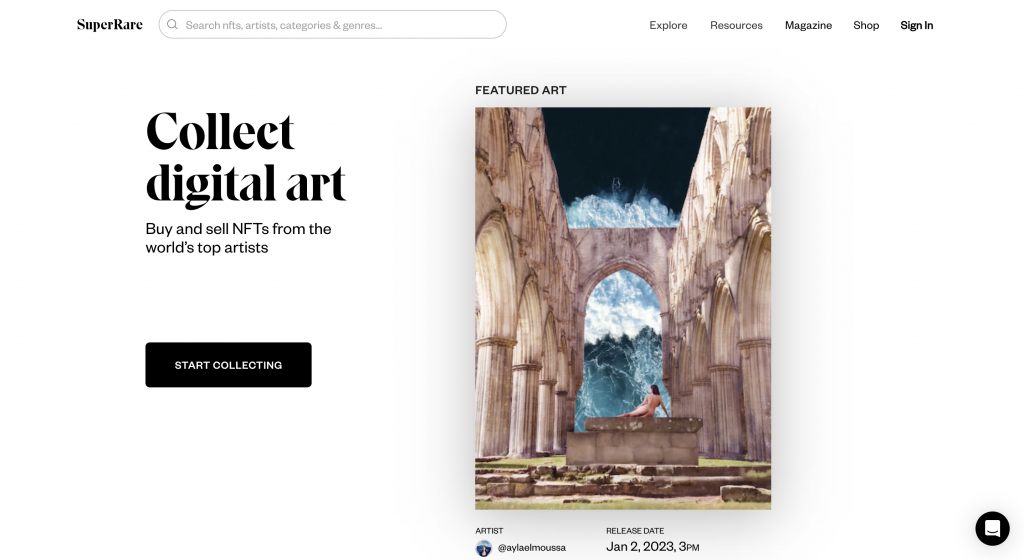
However, there are SaaS solutions that can help you set up an NFT store in minutes. Here are some popular SaaS solutions for building an NFT store:
- Fungies – this SaaS tool allows you to create your own NFT store in minutes using a nocode developer dashboard that’s super friendly. It handles multiple chains such as Ethereum, Polygon or Binance Smart Chain.
- Mintable – Mintable is a platform that allows you to create, sell, and manage your NFTs. Mintable provides a simple and user-friendly interface for creating and selling NFTs.
- OpenSea – OpenSea is a platform that allows you to buy, sell, and discover NFTs. OpenSea also allows you to create your NFT store, where you can sell your NFTs.
- SuperRare – SuperRare is a platform that allows you to sell and collect rare digital art. SuperRare provides a curated platform for artists to sell their digital art as NFTs.
- Nifty Gateway – Nifty Gateway is a platform that allows you to buy, sell, and trade NFTs. Nifty Gateway provides a simple and user-friendly interface for buying and selling NFTs.
These SaaS solutions provide a simple and easy way to create an NFT store without the need for any technical knowledge. However, they do come with some limitations, such as transaction fees and limited customization options.
Conclusion
In conclusion, building your own NFT store can be a challenging but rewarding experience. It allows you to take control of your digital creations and earn money from them. However, it requires technical knowledge and expertise in blockchain, smart contracts, and web development.
If you do not have the technical knowledge or time to build your own NFT store, there are SaaS solutions available that can help you set up an NFT store in minutes. These solutions provide a simple and easy way to create an NFT store, but they come with some limitations.
Whichever route you choose, building an NFT store can be a lucrative way to monetize your digital creations and take control of your work. With the growing popularity of NFTs, now is the perfect time to get started.
